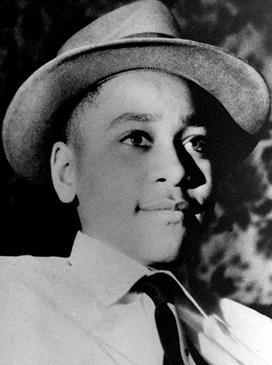(The mother and daughter above actually live in Brooklyn, but I thought that this would be a good photo for today.)
Good evening...and thank you to Amavi and Cristina who sent me pictures of the whiteboard!
Did you know that our midterm will be two weeks from today? I have attached a copy of a sample midterm to this email. Note that there will be no essay section of the exam and that anything that we cover in class may be on the exam. We went over this exam in class today.
For Tuesday, I would like you to read ch. 6 in our textbook as well as the following stories “Girl” (317-8) as well as “Where Are You Going, Where Have You Been?” (481-493). The paper will be due Friday at 11:59 pm unless we have made other arrangements.
Here are a few questions for your journal. We will be going over the expanded response to fiction next week, but you may choose to expand a journal entry you've already written.
-- How is your expanded response to drama coming along?
-- What do you expect to see on our midterm?
-- If we consider "Love in LA," "The Red Convertible," and possibly "Today's Demon: Magic" to be literary fiction, what are the characteristics of this category? Why might "Today's Demon: Magic" not fit?
-- How did today's discussion help you understand literary fiction?
-- How did today's discussion help you understand character and characterization?
-- How did today's discussion help you understand graphic fiction?
-- Choose one of the characters in our stories (including the ones you are reading over the weekend). Is this character round or flat? Why?
-- Choose a minor character in one of our stories. What purpose does he or she serve? If this character were taken out of the story, how would the story be affected?
-- Choose one of the characters in one of our stories. How does the author develop him/her?
-- Discuss Lyman as a narrator. What are his strengths and weaknesses as a narrator? How might "The Red Convertible" appear from Henry's point of view, an omniscient or limited
third person narrator's point of view, or the point of view of the others on the reservation? What does Lyman know that these people do not? What does he not know that makes the story better?
-- "Girl" is in second person. Is this an effective choice on Jamaica Kinkaid's part? Why? Why not?
-- The narrator of "The House on Mango Street" is a child. Discuss the strengths and weaknesses of her point of view.
-- Compare "Today's Demon: Magic" and "The Cigarette" as graphic fiction. Discuss visual and textual elements. Whose style of drawing do you prefer? Why? Why not?
-- Compare the beginnings of two of our stories.
-- Compare the endings of two of our stories. Do either have an epiphany? Why? Why not?
-- Choose two of our stories. How does each develop the theme of family relationships?
See you in class on Tuesday!
Dr. Szlyk












